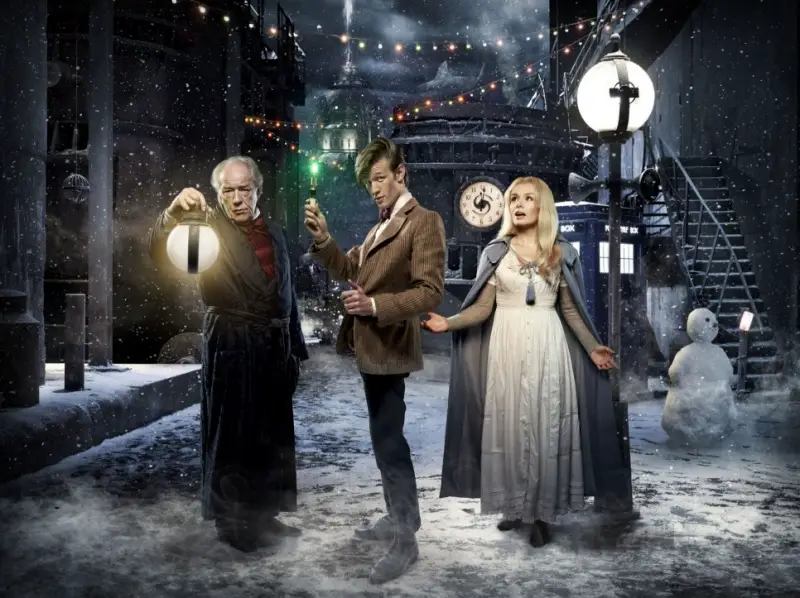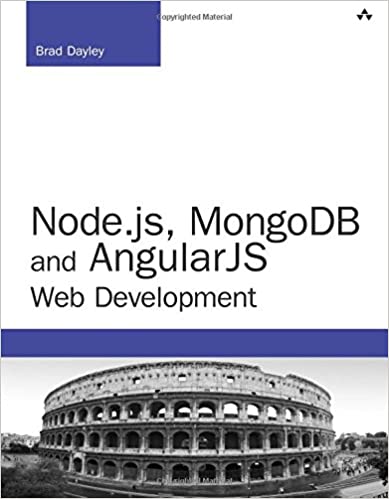; Date: Sun Dec 26 2010
Tags: Doctor Who »»»»
Typically you'd think a Doctor Who episode named "A Christmas Carol" would involve traveling to 1800's England, meeting THE Charles Dickens, and having an adventure with him that somehow inspired him to write A Christmas Carol. There are plenty of Doctor Who stories where they do this, visit some actual historical place or event, meet historical people, etc. This episode doesn't involve any such thing, while still being heavily influenced by the Dickens story. What we have instead is the, uh, spirit of A Christmas Carol while not having any actual connection to the author and not retelling the exact story.

What do we have? The Doctor is somewhat on his own - Rory and Amy are on a honeymoon cruise in a starliner, which gets caught in a crash situation, calls the Doctor on some interdimensional distress signal thingy, and to rescue them he has to concoct a "Ghost of Christmas Past" situation with a guy on this planet.
As a time traveler who has recently decided "time can be rewritten" think of what the Doctor could do to concoct the Ghost of Christmas Past. But how many of us could invent the scenario that happened - where you're showing someone a direct video connection to their past, then walk away and appear in that video of their past.
Yup, being the Doctor you can be talking with someone then TARDIS your way into their past.
This, actually, is a way we're heading towards a very different Doctor Who. Up until now Doctor Who has followed the Prime Directive - that Star Trek device where they were to explore, research, etc, and not interfere. Non-interference as the prime directive supposedly is a stand for high morality. Except that the Prime Directive was routinely violated on Star Trek, just as the Doctor routinely violated his own non-interference principle.
But to purposely go around and manipulate time streams? Has the Doctor done this before? I can't remember such a blatant manipulation as this.
Amy and Rory were stuck in a crashing space ship, where this scrooge-like guy was in the position of making (or not making) a decision that would save Amy, Rory and the 4000 other people on that cruise ship. Because that guy refused to allow that ship to land safely, to save the ship and its passengers (including Amy and Rory), the Doctor went into that persons past and started interacting with that person in a way meant to modify his future so that he would be a better person who would make a different decision.
This "time can be rewritten" idea started during the Time of Angels story and became the rebooted universe in The Big Bang.
Curiousity - can a person who's an individuated person inhabiting a body be trusted to rewrite time?
In other words - does this "time can be rewritten" idea mean the Doctor will end up mistakenly mismanipulating the universe and accidentally screw things up? We'll have to see where it goes.
I wondered after watching this - what if he went into the past of the Time Lords who created the Time War and tried to manipulate their personalities to not create the Time War?
The episode by the way marked the departure of two plot device objects in Doctor Who:
a) He tried to use the psychic paper on one character, who then said "all I see is a bunch of wavy lines". The Doctor said "oh, it's burned out" and put it away. Hopefully it means the death of the psychic paper.
b) In this story a shark ate the sonic screwdriver, it was split in two, and now useless. Hopefully it means the death of the sonic screwdriver.
Both of those gizmos were shortcuts for the writers so he could just wave the magic paper or magic wand and get into any facility he wanted. Or wave the magic wand and disable weapons, or whatever. Both of them have been magic, letting the writers put him into tricky situations and have an easy out. But perhaps both have been overused and it's time for them to go. Hopefully.











